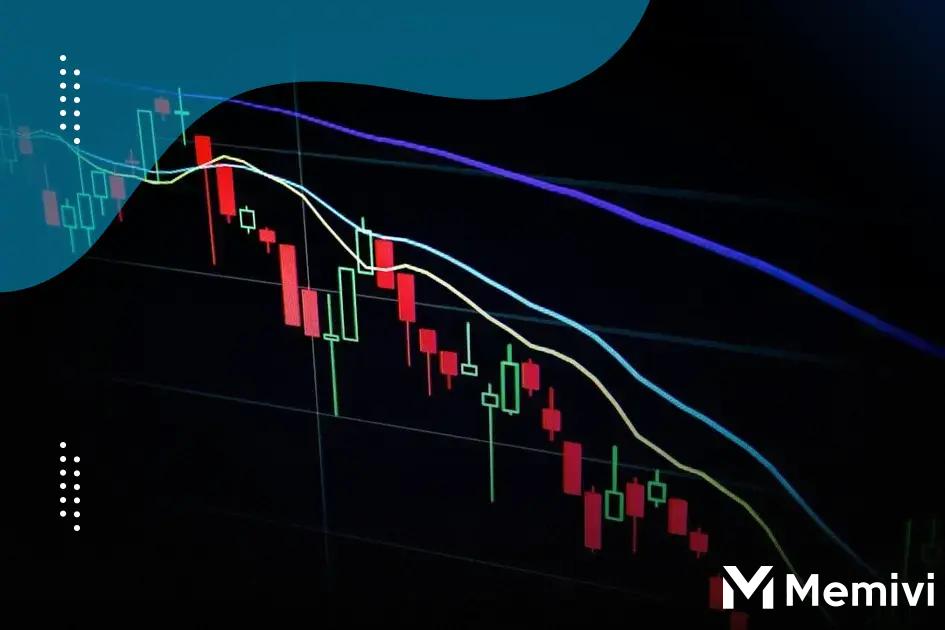Investor Profile: find out what your profile is and invest today!

Discovering your investor profile is crucial for making informed investment decisions. It’s the first step in aligning your financial goals with suitable investment strategies. In this article, we will guide you through understanding different investor profiles and how to match your profile with the right investments.
Understanding Different Investor Profiles
Each investor has unique goals, risk tolerance levels, and investment horizons. Understanding different investor profiles helps in tailoring investment strategies that align with personal financial objectives. The most common profiles are conservative, moderate, and aggressive investors.
Conservative investors prioritize capital preservation and are risk-averse. They prefer lower-risk investments such as government bonds, blue-chip stocks, and money market funds. Their focus is on stability and steady, albeit modest, returns.
Moderate investors seek a balance between risk and reward. They are open to taking on moderate levels of risk for the potential of higher returns. This group typically diversifies their portfolio with a mix of stocks, bonds, and other investment vehicles to spread risk while aiming for growth.
Aggressive investors have a higher risk tolerance and aim for significant returns. They generally favor investments in stocks, real estate, and other high-risk, high-reward opportunities. These investors are comfortable with short-term volatility for the potential of long-term gains.
Recognizing your investor profile is crucial for making informed investment decisions that align with your financial goals.
How to Match Your Profile with the Right Investments

Matching your profile with the right investments requires understanding your financial goals, risk tolerance, and investment horizon. First, assess your risk tolerance. Are you willing to take on high risks for potentially higher returns, or do you prefer safer, more stable investments? Your answer will help determine whether you should invest in aggressive stocks,
Balanced portfolios
Next, consider your financial goals. Are you saving for retirement, a home, or a child’s education? Different goals may necessitate different investment vehicles. For example, retirement might require long-term growth investments, while saving for a home might benefit from more liquid, short-term investments.
Lastly, evaluate your investment horizon. If you plan to invest for the long term, you might tolerate more volatility for higher returns. For short-term goals, safer and more liquid investments are more suitable. By aligning your risk tolerance, financial goals, and investment horizon, you can create a tailored investment strategy that optimally fits your profile, helping you achieve your financial objectives.
Investor Profile
The investor profile is a critical component for defining financial goals and aligning strategies to achieve them. Investors vary in their risk tolerance, financial goals, and investment timelines, all of which influence their profiles. By establishing an investor profile, individuals can gain clarity on the best asset allocation to meet their unique objectives, whether focused on growth, income, or capital preservation.
Risk tolerance is a key element in understanding investor profiles. Risk-averse individuals tend to prioritize stable, lower-risk investments like bonds or blue-chip stocks, while those with a higher tolerance for risk might focus on growth stocks, emerging markets, or alternative investments. Assessing risk tolerance helps investors navigate market volatility and prevents hasty decision-making when market conditions shift.
Time horizon also plays an essential role in shaping an investor’s profile. Investors with longer timelines might opt for higher-risk investments, as they have more time to recover from potential losses, while short-term investors usually choose safer, more liquid assets. Recognizing the relationship between time and risk enables investors to build portfolios that align with both their immediate and long-term financial goals.


 Housing Investment Rises Again: Discover Canada’s Real Estate Future Now <p class='sec-title' style='line-height: normal; font-weight: normal;font-size: 16px !important; text-align: left;margin-top: 8px;margin-bottom: 0px !important;'> Canada’s housing investment is booming again — but what does this mean for buyers, sellers, and investors in 2025? </p>
Housing Investment Rises Again: Discover Canada’s Real Estate Future Now <p class='sec-title' style='line-height: normal; font-weight: normal;font-size: 16px !important; text-align: left;margin-top: 8px;margin-bottom: 0px !important;'> Canada’s housing investment is booming again — but what does this mean for buyers, sellers, and investors in 2025? </p>  Best Investments for Canadians in 2025 <p class='sec-title' style='line-height: normal; font-weight: normal;font-size: 16px !important; text-align: left;margin-top: 8px;margin-bottom: 0px !important;'> Unlock Your Financial Potential with Strategic Investments </p>
Best Investments for Canadians in 2025 <p class='sec-title' style='line-height: normal; font-weight: normal;font-size: 16px !important; text-align: left;margin-top: 8px;margin-bottom: 0px !important;'> Unlock Your Financial Potential with Strategic Investments </p>  How to Start Investing in Canada: A Complete Beginner’s Guide <p class='sec-title' style='line-height: normal; font-weight: normal;font-size: 16px !important; text-align: left;margin-top: 8px;margin-bottom: 0px !important;'> The second-best time is today. Begin Investing Now & Secure Your Financial Future </p>
How to Start Investing in Canada: A Complete Beginner’s Guide <p class='sec-title' style='line-height: normal; font-weight: normal;font-size: 16px !important; text-align: left;margin-top: 8px;margin-bottom: 0px !important;'> The second-best time is today. Begin Investing Now & Secure Your Financial Future </p>